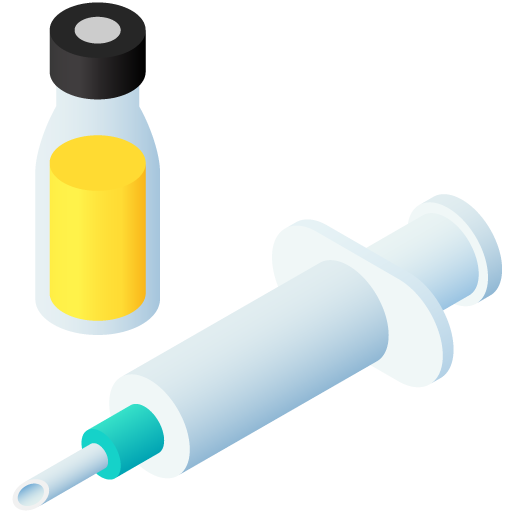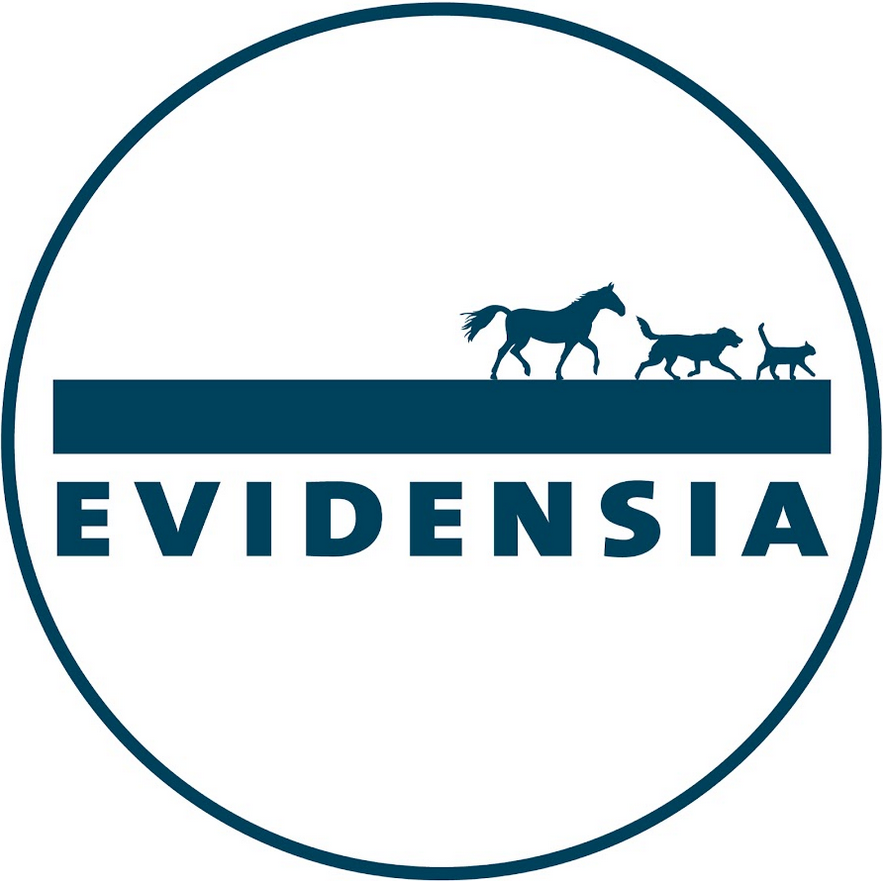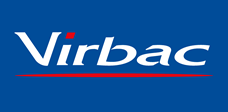Combination therapy
No results were found for your selected species
Clynav
Active substance
ATC code
Species
Atlantic salmon (Salmo salar).
Indications
For the active immunisation of Atlantic salmon to reduce impaired daily weight gain, and reduce mortality, and cardiac, pancreatic and skeletal muscle lesions caused by pancreas disease following infection with salmonid alphavirus subtype 3 (SAV3).
Onset of immunity occurs within 399 degree days (mean water temperature in °C multiplied by number of holding days) following vaccination.
Duration of immunity: 1 year for reduction in impaired daily weight gain, and cardiac, pancreatic and skeletal muscle lesions and 9.5 months for reduction of mortality (demonstrated in a laboratory efficacy study in saltwater conditions using a cohabitation challenge model).
Dose to be administered and administration route
Intramuscular use.
Shake product gently before use.
Transfer tubing kit instructions: using the spiked end, screw the transfer tubing set onto the fill port of the ethyl vinyl acetate (EVA) bag with a ¼ turn in order to secure the line in place. Connect the other end of the transfer tubing set to the vaccine injection equipment (gun).
Anaesthetise the fish to immobilise them and administer 0.05 ml of the vaccine by intramuscular injection in the epaxial muscle. Position the needle at 90° in the epaxial muscle, in the area immediately anterior and lateral to the dorsal fin, along a line equidistant to the dorsal fin and the mid-line, and at the point of the muscle’s maximum girth.
Based on a 25 g fish weight a standard 0.5 mm diameter 3mm depth needle is recommended to be used routinely. Consideration should be made for the weight of the fish before the final selection is made. Injection equipment should be calibrated and inspected regularly to ensure appropriate dosing of the fish.
Adverse reactions
Atlantic salmon:
|
Very common (>1 animal / 10 animals treated): |
Abnormal swimming in fish1 |
|
Common (1 to 10 animals / 100 animals treated): |
Puncture wound4 |
1 for up to two days.
2 for up to seven days.
3 for up to nine days.
4 Needle injuries can persist in up to 5% of fish for at least 90 days and can be seen both macroscopically and microscopically.
Reporting adverse events is important. It allows continuous safety monitoring of a veterinary medicinal product. Reports should be sent, preferably via a veterinarian, to either the marketing authorisation holder or the national competent authority via the national reporting system. See also the last section of the package leaflet for contact details.
Dispensing
POM-V - Prescription Only Medicine – VeterinarianSUMMARY OF PRODUCT CHARACTERISTICS
1. NAME OF THE VETERINARY MEDICINAL PRODUCT
CLYNAV solution for injection for Atlantic salmon
2. QUALITATIVE AND QUANTITATIVE COMPOSITION
Each 0.05 ml dose contains:
Active substance:
pUK-SPDV-poly2#1 DNA plasmid coding for salmon pancreas disease virus proteins: 6.0 – 9.4 μg.
For the full list of excipients, see section 6.1.
3. PHARMACEUTICAL FORM
Solution for injection.
A clear, colourless, particulate-free solution.
4. CLINICAL PARTICULARS
4.1 Target species
Atlantic salmon (Salmo salar).
4.2 Indications for use, specifying the target species
For the active immunisation of Atlantic salmon to reduce impaired daily weight gain, and reduce mortality, and cardiac, pancreatic and skeletal muscle lesions caused by pancreas disease following infection with salmonid alphavirus subtype 3 (SAV3).
Onset of immunity occurs within 399 degree days (mean water temperature in °C multiplied by number of holding days) following vaccination.
Duration of immunity: 1 year for reduction in impaired daily weight gain, and cardiac, pancreatic and skeletal muscle lesions and 9.5 months for reduction of mortality (demonstrated in a laboratory efficacy study in saltwater conditions using a cohabitation challenge model).
4.3 Contraindications
None.
4.4 Special warnings for each target species
Vaccinate healthy animals only.
4.5 Special precautions for use
Special precautions for use in animals
A minimum body weight of 25 g is recommended at vaccination.
Special precautions to be taken by the person administering the veterinary medicinal product to animals
Personal protective equipment, for example, consisting of appropriate protective gloves, should be worn when handling the veterinary medicinal product.
In case of accidental self-injection, seek medical advice immediately and show the package leaflet or the label to the physician.
4.6 Adverse reactions (frequency and seriousness)
Transient changes in swimming behaviour, pigmentation and inappetence are very common and can be observed for up to 2, 7 and 9 days, respectively. Needle injuries at the site of injection are common following administration of the vaccine which can persist in up to 5% of fish for at least 90 days, and can be seen both macroscopically and microscopically.
The frequency of adverse reactions is defined using the following convention:
- very common (more than 1 in 10 animals treated displaying adverse reaction(s))
- common (more than 1 but less than 10 animals in 100 animals treated)
- uncommon (more than 1 but less than 10 animals in 1,000 animals treated)
- rare (more than 1 but less than 10 animals in 10,000 animals treated)
- very rare (less than 1 animal in 10,000 animals treated, including isolated reports).
4.7 Use during pregnancy, lactation or lay
The effect of vaccine on reproductive performance has not been investigated. Do not use in broodstock.
4.8 Interaction with other medicinal products and other forms of interaction
No information is available on the safety and efficacy of this vaccine when used with any other veterinary medicinal product. A decision to use this vaccine before or after any other veterinary medicinal product therefore needs to be made on a case by case basis.
4.9 Amounts to be administered and administration route
Intramuscular use.
Shake product gently before use.
Transfer tubing kit instructions: using the spiked end, screw the transfer tubing set onto the fill port of the ethyl vinyl acetate (EVA) bag with a ¼ turn in order to secure the line in place. Connect the other end of the transfer tubing set to the vaccine injection equipment (gun).
Anaesthetise the fish to immobilise them, and administer 0.05 ml of the vaccine by intramuscular injection in the area immediately anterior and lateral to the dorsal fin in the epaxial muscle.
Position the needle at 90° in the epaxial muscle, central to the dorsal fin and above the mid-line.
Based on a 25 g fish weight a standard 0.5 mm diameter 3mm depth needle is recommended to be used routinely. Consideration should be made for the weight of the fish before the final selection is made. Injection equipment should be calibrated and inspected regularly to ensure appropriate dosing of the fish.
4.10 Overdose (symptoms, emergency procedures, antidotes), if necessary
No effects other than those described in section 4.6 have been observed following the administration of a ten-fold overdose.
4.11 Withdrawal period(s)
Zero degree days.
5. IMMUNOLOGICAL PROPERTIES
Pharmacotherapeutic group: Immunologicals for Atlantic salmon. ATCvet code: QI10AX.
CLYNAV stimulates active immunity against salmonid alphavirus subtype 3 (SAV3).
CLYNAV contains a supercoiled DNA plasmid which expresses proteins of salmon alphavirus which induces a protective immune response in vaccinated Atlantic salmon.
6. PHARMACEUTICAL PARTICULARS
6.1 List of excipients
Potassium chloride
Potassium dihydrogen phosphate Disodium hydrogen phosphate heptahydrate Sodium chloride Purified water
6.2 Major incompatibilities
In the absence of compatibility studies, this veterinary medicinal product must not be mixed with other veterinary medicinal products.
6.3 Shelf life
Shelf life of the veterinary medicinal product as packaged for sale: 14 months. Shelf life after first opening the immediate packaging: 10 hours.
6.4 Special precautions for storage
Store and transport refrigerated (2 °C – 8 °C).
6.5 Nature and composition of immediate packaging
250 ml sterile, flexible, ethyl vinyl acetate (EVA) bags with a locking snap down port. A sterile and individually packaged transfer tube set is included in the final product packaging.
6.6 Special precautions for the disposal of unused veterinary medicinal product or waste materials derived from the use of such products
Any unused veterinary medicinal product or waste materials derived from such veterinary medicinal product should be disposed of in accordance with local requirements.
7. MARKETING AUTHORISATION HOLDER
Elanco GmBH
Heinz-Lohmann Strasse 4
Groden, Cuxhaven
Lower Saxony, 27472
Germany
8. MARKETING AUTHORISATION NUMBER
Vm 52127/5003
9. DATE OF FIRST AUTHORISATION
26 June 2017
10. DATE OF REVISION OF THE TEXT
January 2023
Approved 24 January 2023

 TRUSTED SOURCE
TRUSTED SOURCE









